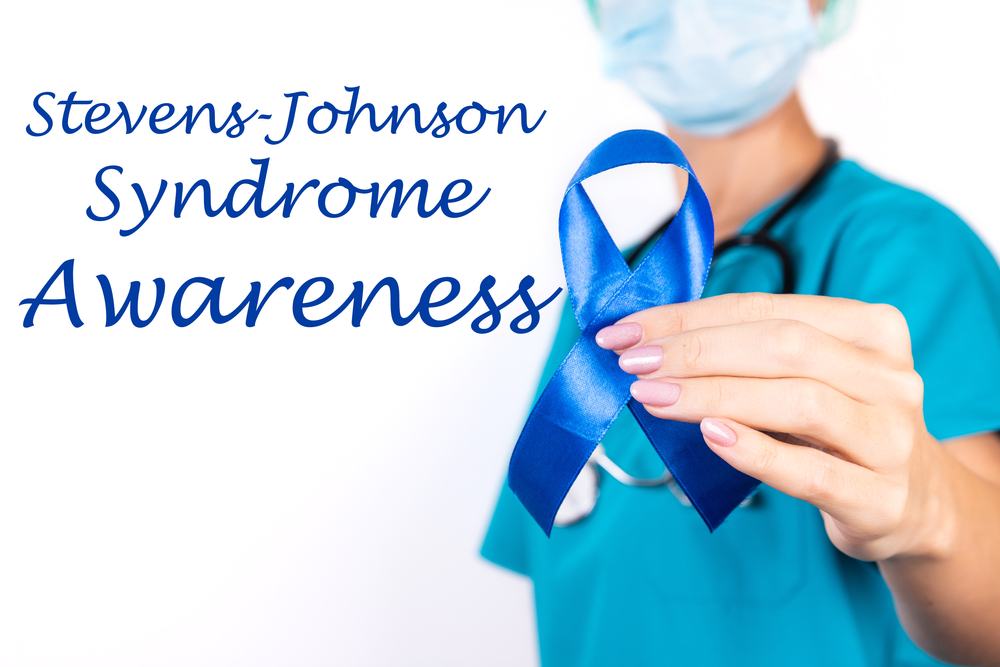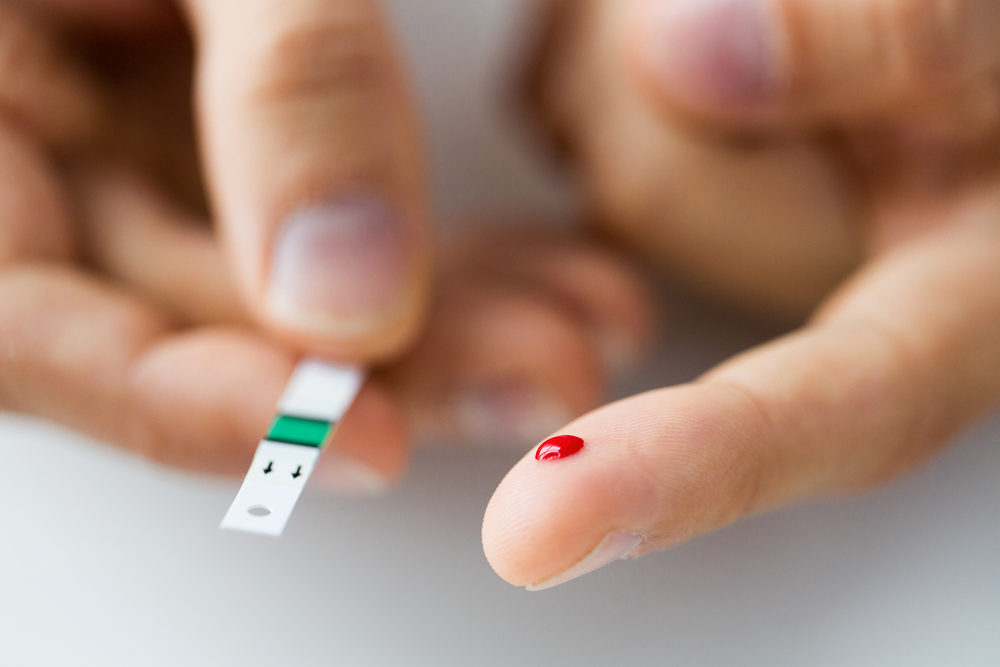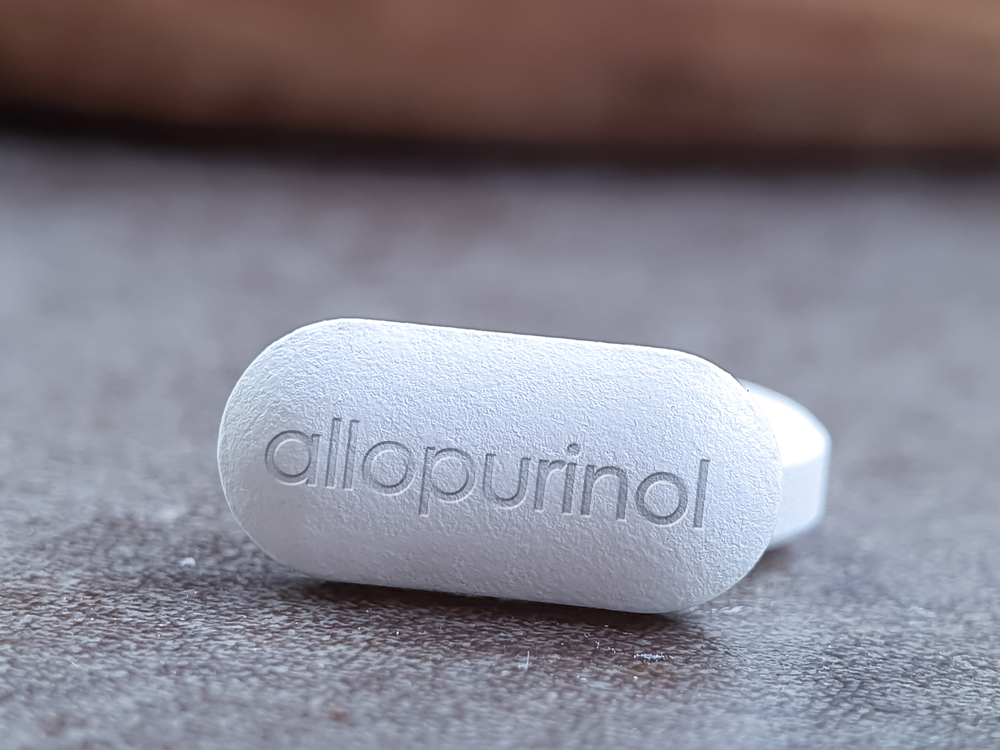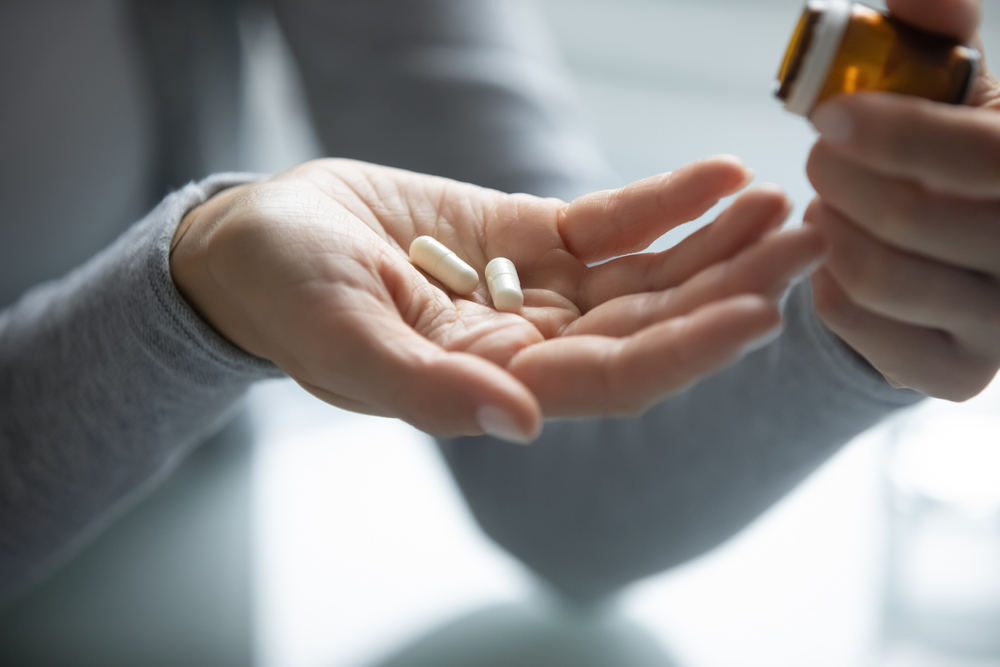What Is the Most Common Cause of Stevens-Johnson Syndrome?
Certain medications designed to treat illnesses and symptoms in a sick patient can actually make things much worse by triggering a rare, intensely painful, and often life-threatening disease known as Stevens-Johnson syndrome (SJS).
SJS is a dermatological condition that begins with flu-like symptoms but quickly morphs into severe rashes and blisters anywhere on the skin, which peel off and leave behind excruciating open wounds. It can also cause blisters in the eyes, mouth, and genitals. Once it spreads to more than 30 percent of the skin, it becomes toxic epidermal necrolysis (TEN), which is fatal if not immediately addressed. TEN results in sores, swelling, and crusting of the blisters, and can cause dangerous complications such as sepsis, pneumonia, shock, and multiple organ failure.
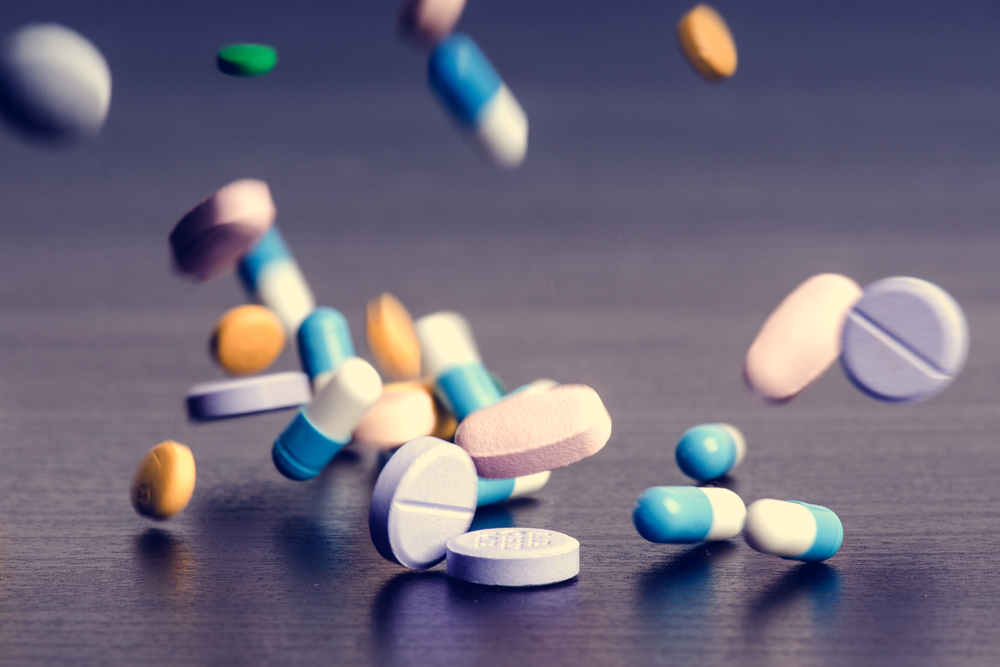
Between two and seven per one million people worldwide develop SJS/TEN annually. It can strike any age, gender, or race, but it is most common in older people and women. It is especially common among HIV patients, with an infection rate of 1/1000. Not only are these patients already vulnerable to infection, but HIV treatment drugs sulfasalazine and nevirapine can induce the disorder.
Eighty percent of all SJS/TEN cases are caused by an allergic reaction to more than 200 possible medications. Unfortunately, common drugs like antibiotics and acetaminophen (Tylenol) are among the largest culprits. A 2023 study by researchers at Louisiana State University found that acetaminophen is responsible for more than five percent of SJS/TEN cases, making it the third-largest contributor overall. Specific antibiotics known to cause SJS include quinolones, minocycline, cephalosporins, and some penicillins.
Other common medications linked to Stevens-Johnson syndrome include:
- Allopurinol (used to treat gout and kidney stones)
- Nonsteroidal anti-inflammatory drugs (NSAIDs) piroxicam and diclofenac
- Anti-seizure drugs phenobarbital, phenytoin, lamotrigine, and carbamazepine
- Contrast media (chemical agents used during X-rays, CT scans, MRIs, and ultrasounds to make abnormal conditions more visible)
Drug-induced SJS symptoms usually appear between one and three weeks after taking the drug.
Patients with other risk factors are more susceptible to SJS. These include cancer, family history, chronic joint or tissue diseases, lupus, previous bone marrow transplants, and a specific gene called human leukocyte antigen-B that makes the patient more vulnerable to all autoimmune disorders.
SJS/TEN patients must be hospitalized and treated immediately. 10 percent of SJS patients and up to 50 percent of TEN patients do not survive. Those that do are often subject to a long recovery with a variety of possible side effects, including dry, itchy, or discolored skin; chronic eye irritation, swelling, or light sensitivity; hair and nail loss; lung damage or asthma; excessive sweating; problems urinating; and chronic fatigue syndrome.
How Medical Malpractice Contributes to Stevens-Johnson Syndrome Cases
This devastating condition is highly preventable in the hands of a competent physician. According to the British Medical Journal, 795,000 Americans every year are killed or permanently disabled due to diagnostic errors. Unfortunately, many patients contract SJS because it has been missed or improperly diagnosed. When these errors occur due to gross negligence and/or failure to meet the standard of care, it is often grounds for an SJS medical malpractice lawsuit.
Medical providers, pharmacists, and drug manufacturers are responsible for warning patients about what can cause Stevens-Johnson syndrome. They must also ensure the correct dosage for each patient’s individual health situation. If they fail to do so, they can be held legally responsible for their role in causing the disease.
The standard procedure for diagnosing SJS includes examining the skin and mucous membranes, evaluating pain, noting how fast and how much skin has been affected, and taking a skin biopsy.
Physicians who suspect SJS must quickly transfer the patient to the ICU or burn unit for immediate treatment. Delaying this care can lead to unnecessary pain and suffering, lengthy hospitalization, and death. Doctors who discharge patients prematurely, fail to stop the offending medication, don’t provide wound care, or apply topical treatments that can exacerbate SJS can also be held liable in an SJS medical malpractice lawsuit.
Patients who survive SJS/TEN are usually forced into a long, painful, and expensive recovery. Negligent healthcare providers should be held liable for causing this preventable condition. An attorney who understands the complexities of SJS cases can help determine if you meet the criteria for a lawsuit. They can also gather the pertinent medical documents, find medical experts, and ensure all deadlines are met. While financial compensation may not take away the suffering, it will cover medical bills, lost wages, and other needs, leaving you free to focus on healing.










